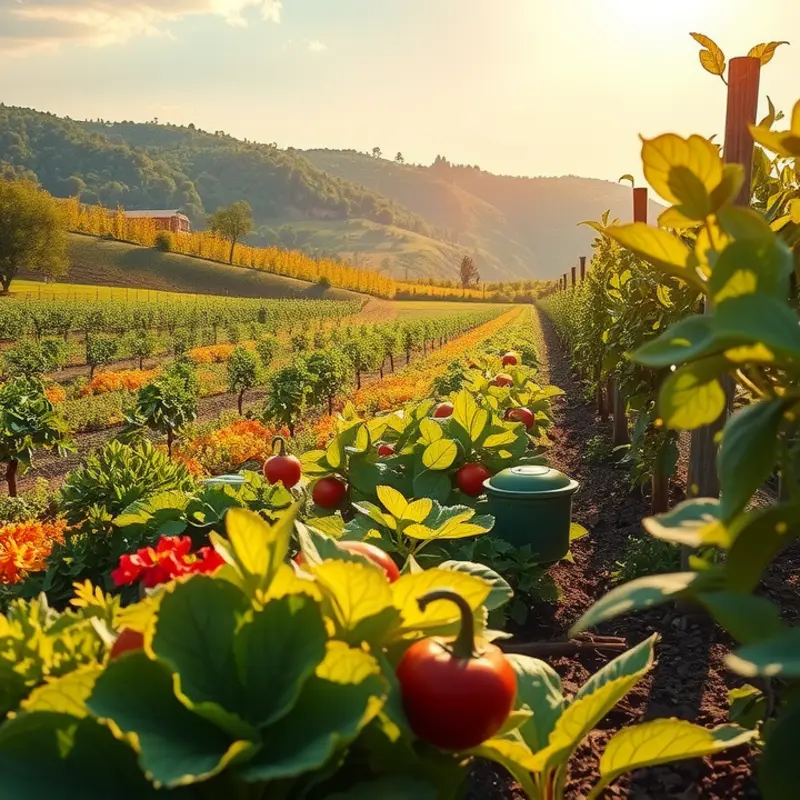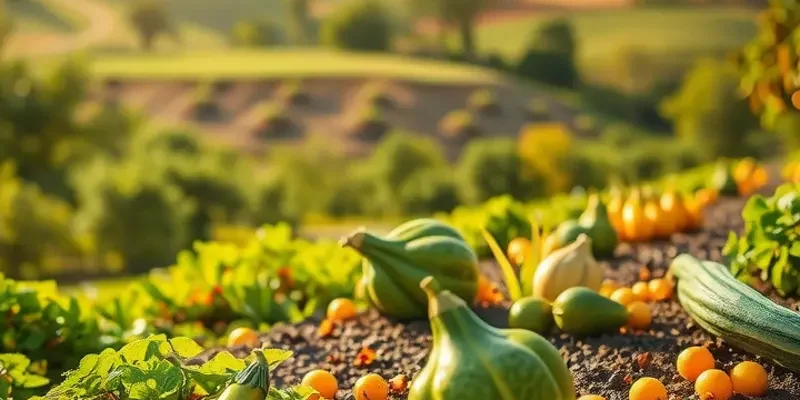Cooking is not just about sustenance; it is an art that reflects culture, history, and community. From the earthen ovens of ancient Egypt to the intricate spice blends of Indian cuisine, our culinary heritage is rich and diverse. This journey through time reveals unique cooking techniques that shaped international cuisines, inviting food enthusiasts and culturally-curious readers to connect with the past through flavors.
Earthen Ovens: The Heart of Ancient Cooking

For millennia, earthen ovens have served as the crux of culinary arts, shaping cuisines across cultures. These ovens, primarily constructed from clay and earth, offered ancient civilizations like the Egyptians and Romans a versatile and enduring method for cooking. The profound impact of these structures remains a testament to human ingenuity, as they transformed the way food was prepared and appreciated.
The design of these ovens was straightforward yet remarkably effective. Typically, they were dome-shaped, providing even heat distribution necessary for baking and roasting. The Egyptians were adept at utilizing earthen ovens, known as tannours. Constructed from clay, straw, and water, the tannour’s insulating characteristics meant that once heated, it retained warmth for prolonged periods. This facilitated a steady cooking environment, crucial for baking bread that was not only a staple but a pillar of Egyptian daily life.
Romans, on the other hand, built even more sophisticated versions. Known for integrating innovations from their conquered territories, Roman fornaces were a result of merging local and imported techniques. These structures often featured brick and clay as primary materials, reflecting a sturdier design capable of withstanding extensive usage and higher temperatures. The Roman practice of slow-roasting meats and baking was not only a culinary method but also a social ritual. Meals were pivotal in establishing connections among Roman citizens.
The construction of earthen ovens involved meticulous layering, ensuring durability. A base layer of stones would often provide a solid foundation, followed by alternating layers of clay and straw paste. The straw served as binding fibers, giving the structure flexibility and preventing cracking. Once completed, these ovens were fired without interruption, a process which hardened the clay further, making it robust enough to endure daily use.
The culinary advantages of these ancient ovens lie in their ability to infuse dishes with deep, unrivaled flavors. Slow-roasting in an earthen oven ensures that meats retain their juices while absorbing a unique smoky fragrance. This method of cooking tends to tenderize meats perfectly, as the even heat coaxed out the most subtle flavors. Even simple ingredients like grains and meats became culinary masterpieces when cooked in these ovens.
In today’s attempts to replicate ancient flavors, professionals and enthusiasts alike often turn to these timeless tools. The resurgence of techniques such as using clay ovens in modern kitchens reflects a desire to rediscover and reconnect with these rich culinary traditions. For those exploring ancient culinary practices, understanding earthen ovens emphasizes a broader narrative of how foundational elements like fire and earth continue to foster our culinary culture.
To delve deeper into this rich tapestry of our historical cooking practices, you might appreciate exploring culinary influences from ancient trade.
Fermentation: The Ancient Art of Preservation

Fermentation is a fascinating culinary tradition that stretches back to the roots of civilization. This ancient practice harnesses the transformative power of microorganisms in food preservation and flavor enhancement. Cultures worldwide have relied on fermentation to ensure food longevity and create distinct culinary identities.
In ancient China, fermentation was pivotal in food storage and health. Wine and soy sauce, some of the world’s oldest fermented products, have their origins here. The Chinese recognized fermentation as both a flavor enhancer and a medicinal tool. Similarly, in Scandinavia, fermentation became essential in preserving vital nutrients through long winters. The practice of fermenting fish and vegetables was not only practical but also a way to develop complex flavors.
This method of preservation extends to Korea, where kimchi is a staple. Fermented vegetables enriched with spices define Korean cuisine, providing both nutrition and probiotics crucial for gut health. Meanwhile, Germany’s sauerkraut illustrates fermentation’s simplicity; cabbage fermented with salt results in a profound flavor transformation, a testament to the power of simple ingredients.
The science behind fermentation lies in microbial activity. Yeasts, bacteria, and molds break down sugars, facilitating flavor and texture changes. Lactic acid bacteria are particularly integral to this process, converting sugars into lactic acid, creating a sour taste while preserving food and inhibiting harmful bacteria.
Fermentation’s influence on modern gastronomy is undeniable. Chefs globally explore ancient practices to innovate and develop complex flavor profiles. Fermented foods contribute to a rich tapestry of tastes, presenting opportunities to redefine traditional dishes. The trend towards sustaining a balanced microbiome has further elevated the importance of fermented foods in contemporary diets.
Within the culinary world, the revival of this time-honored technique highlights a return to more natural and sustainable food practices. Emphasizing minimalism and authenticity, fermentation connects us back to traditional cooking methods that supported generations before us. For those interested in eco-friendly food practices, understanding proper storage techniques, such as eco-smart kitchen tips, can complement the benefits of fermentation.
Rediscovering fermentation is not solely an exercise in nostalgia; it is an embrace of its modern relevance and applicability. From artisanal cheeses to craft beers, its enduring legacy continues to inspire and reshape our culinary landscape. Fermentation remains a testament to human ingenuity, proving that age-old techniques can meet modern needs with exceptional creativity.
Final words
The culinary traditions of ancient cultures offer a treasure trove of techniques that not only illuminate our history but also enhance our contemporary cooking practices. Whether it’s the unique flavors produced in earthen ovens or the health benefits arising from fermentation, these practices invite food enthusiasts to reconnect with the roots of their culinary heritage. By embracing these ancient techniques, we bridge the gap between past and present, enriching our palates while honoring the stories and traditions that define food across cultures.








